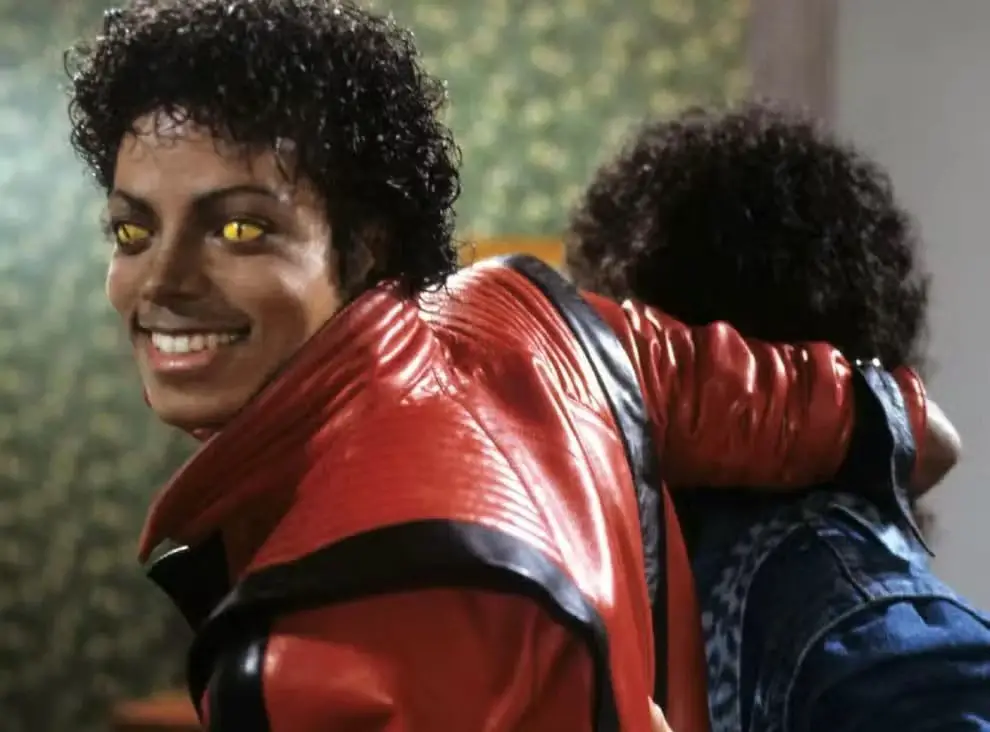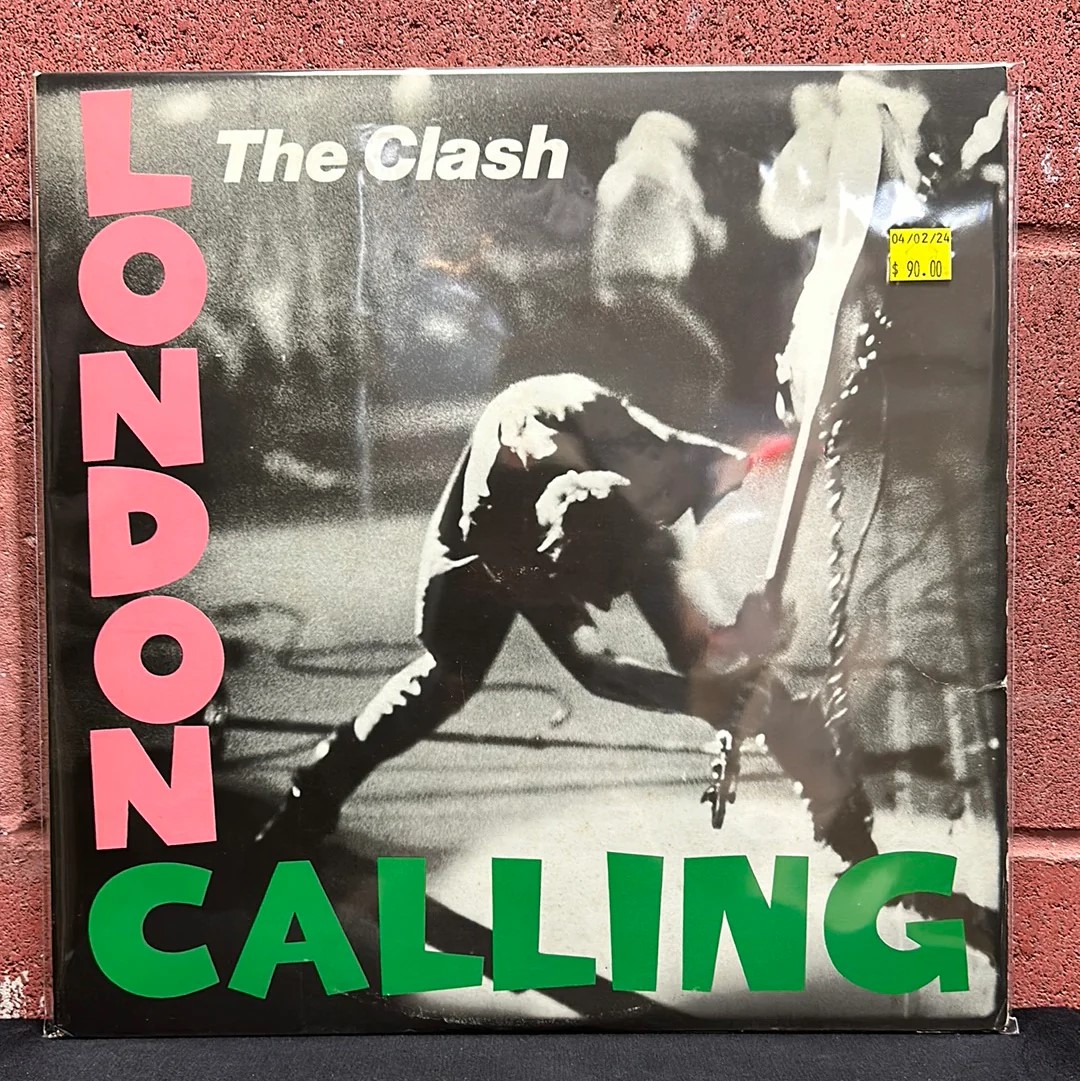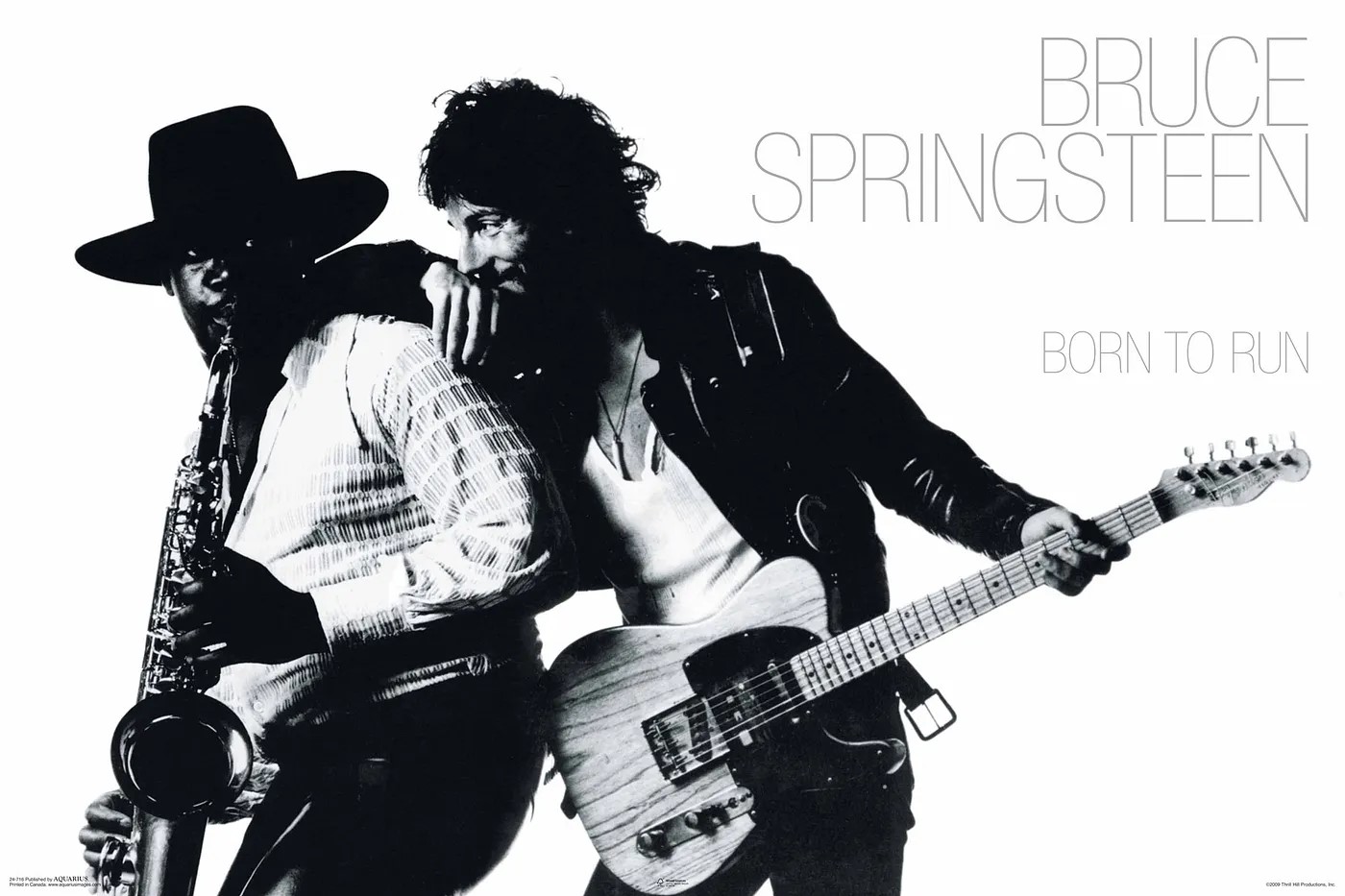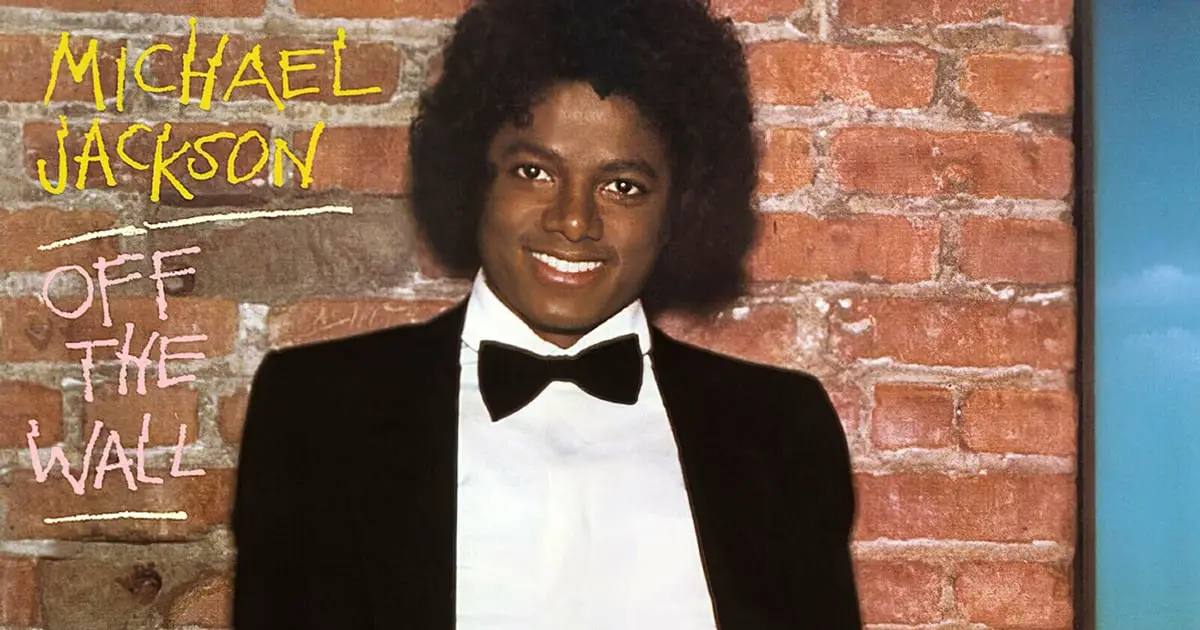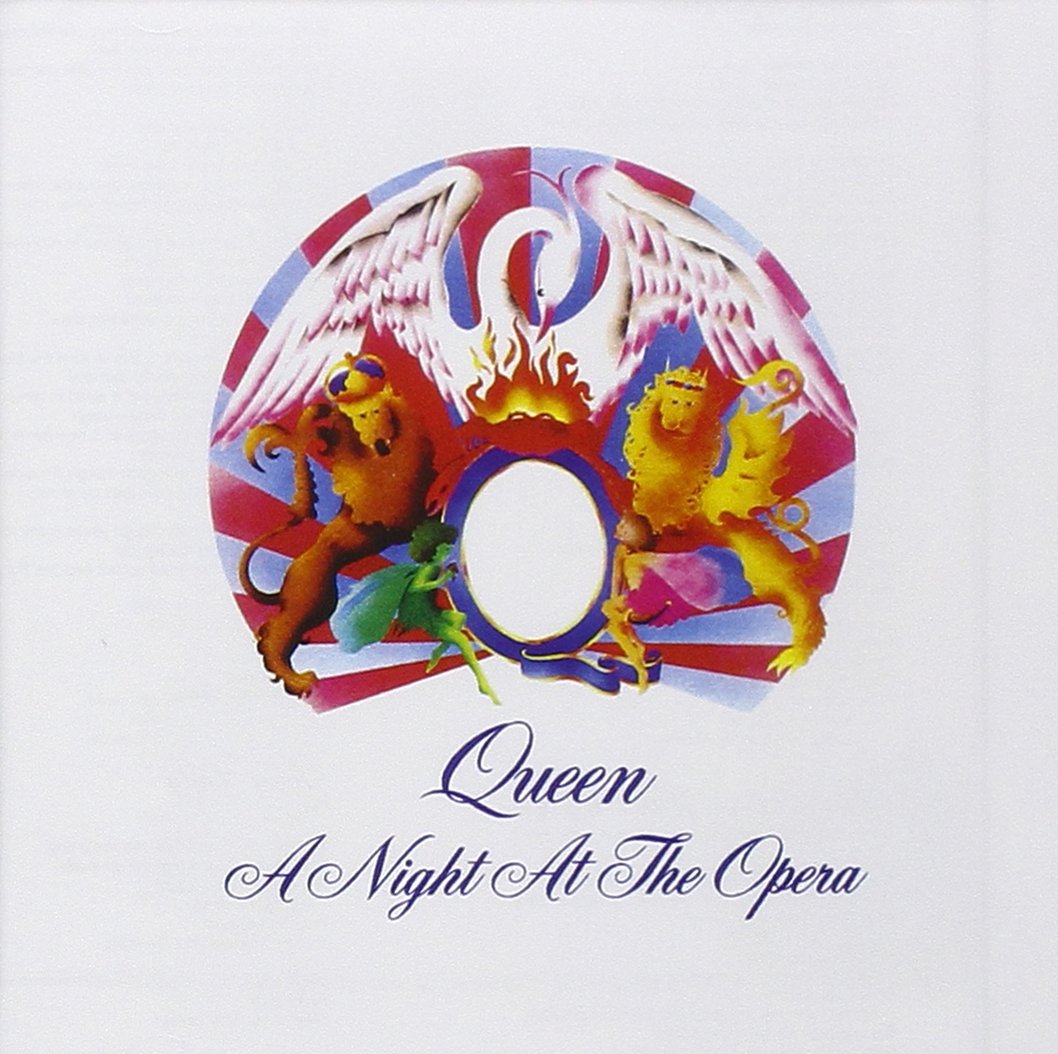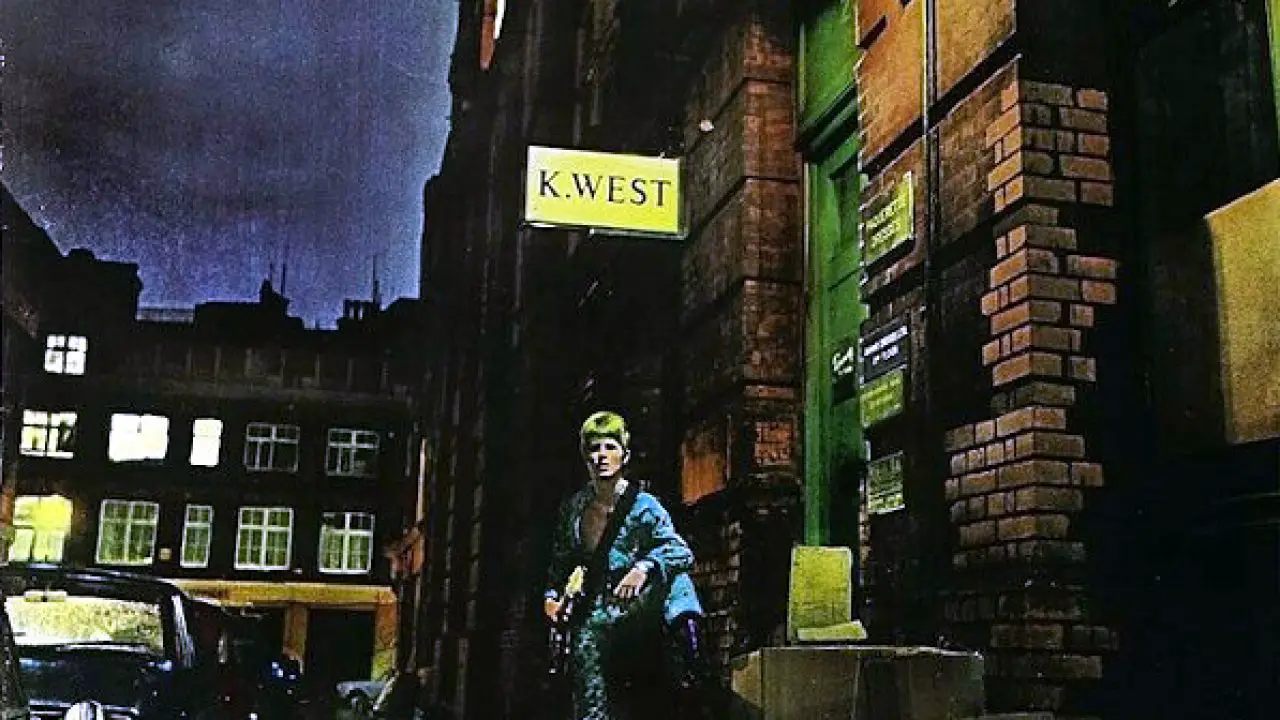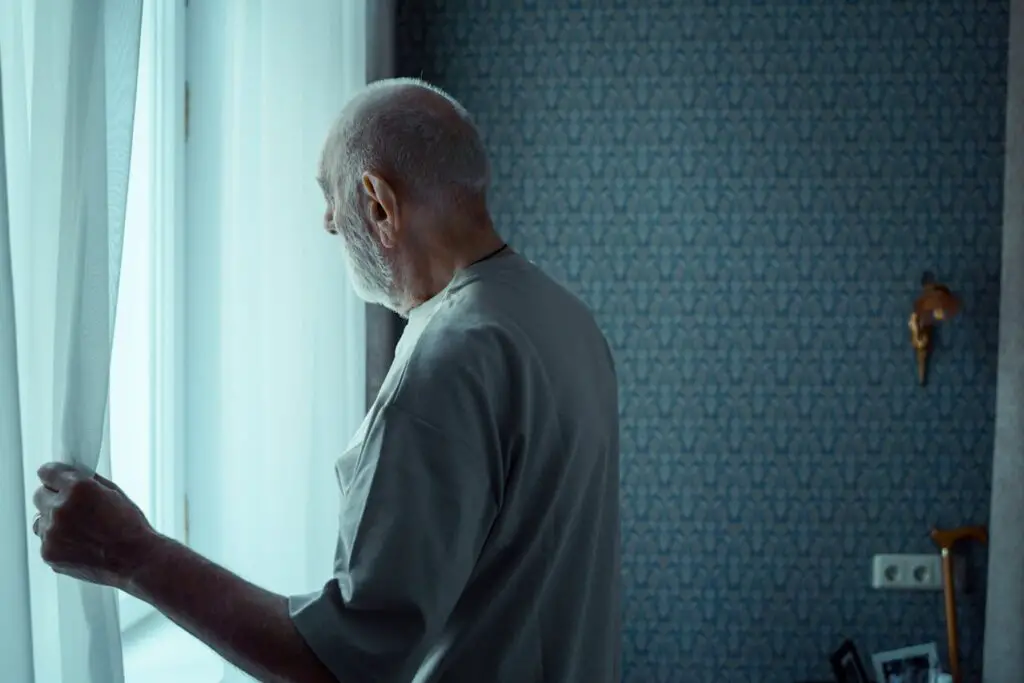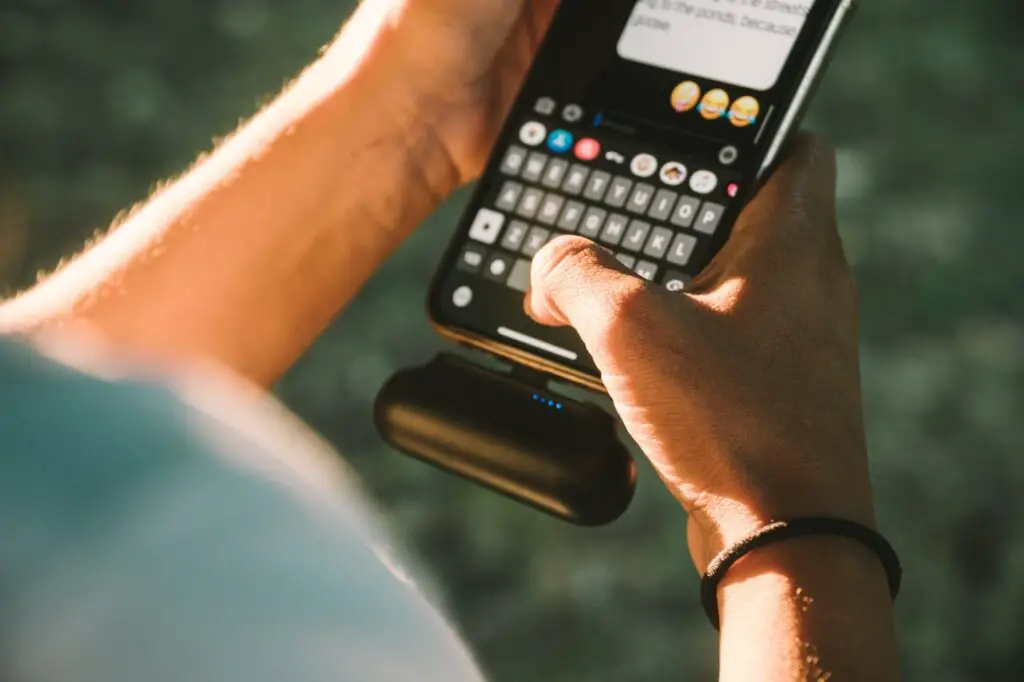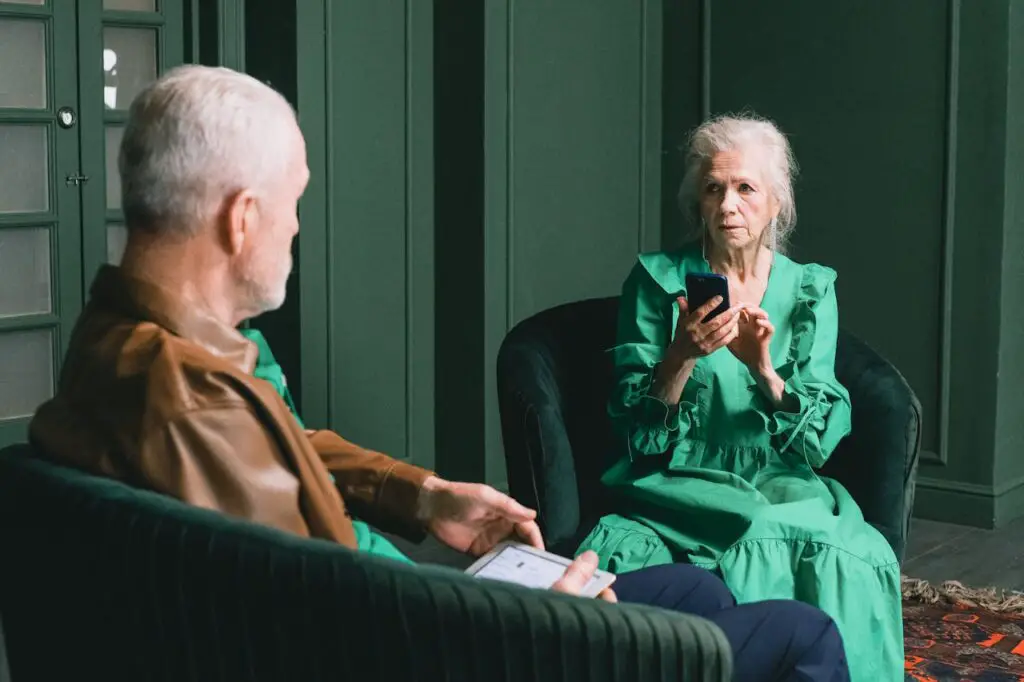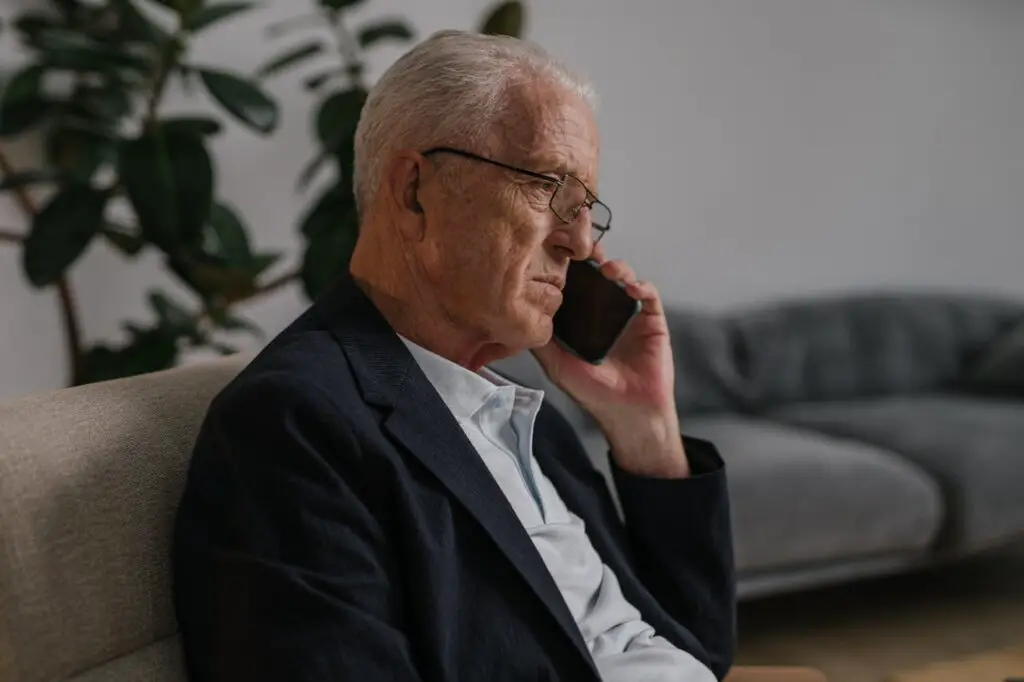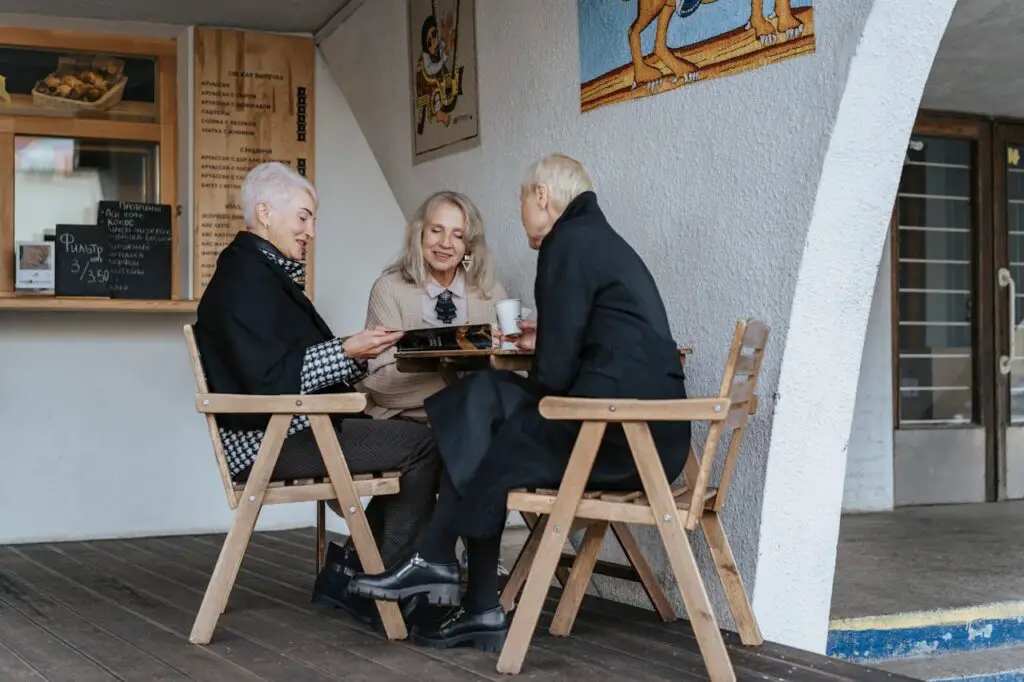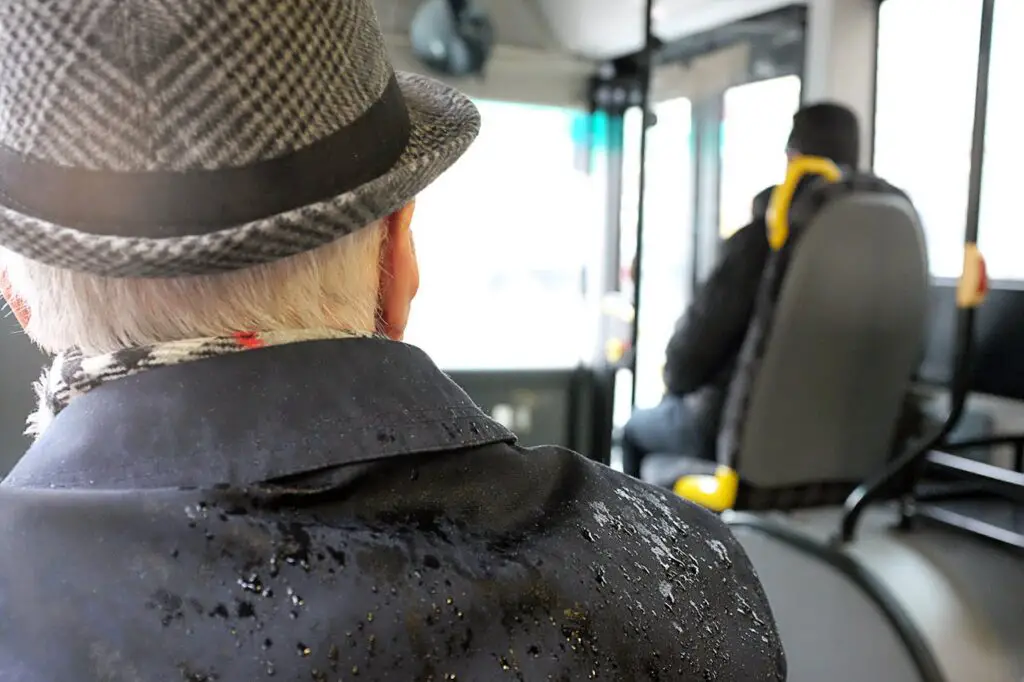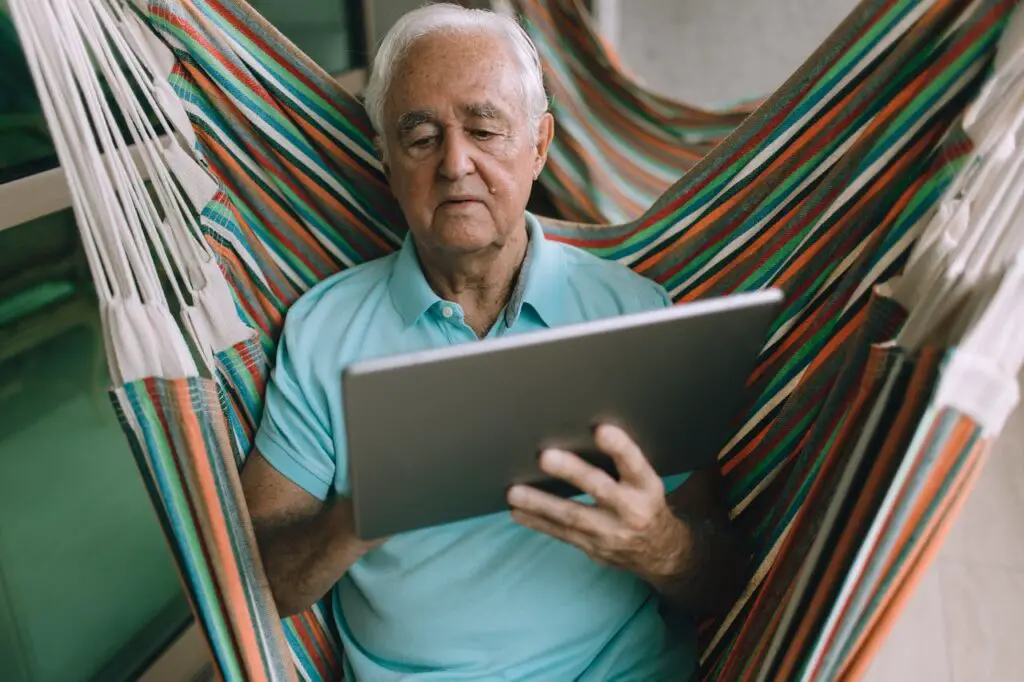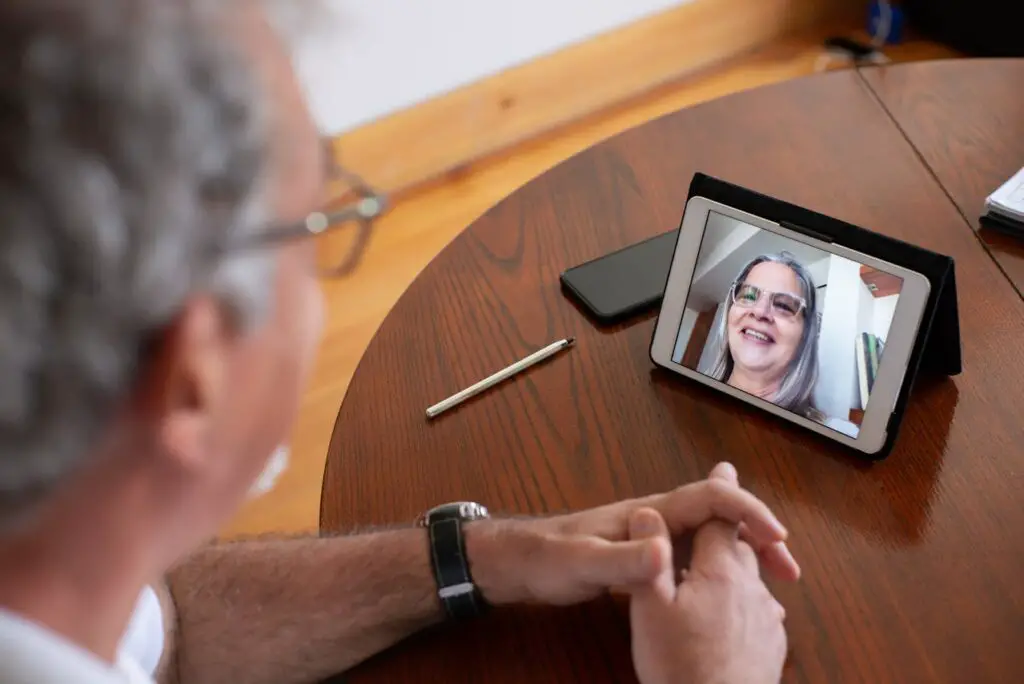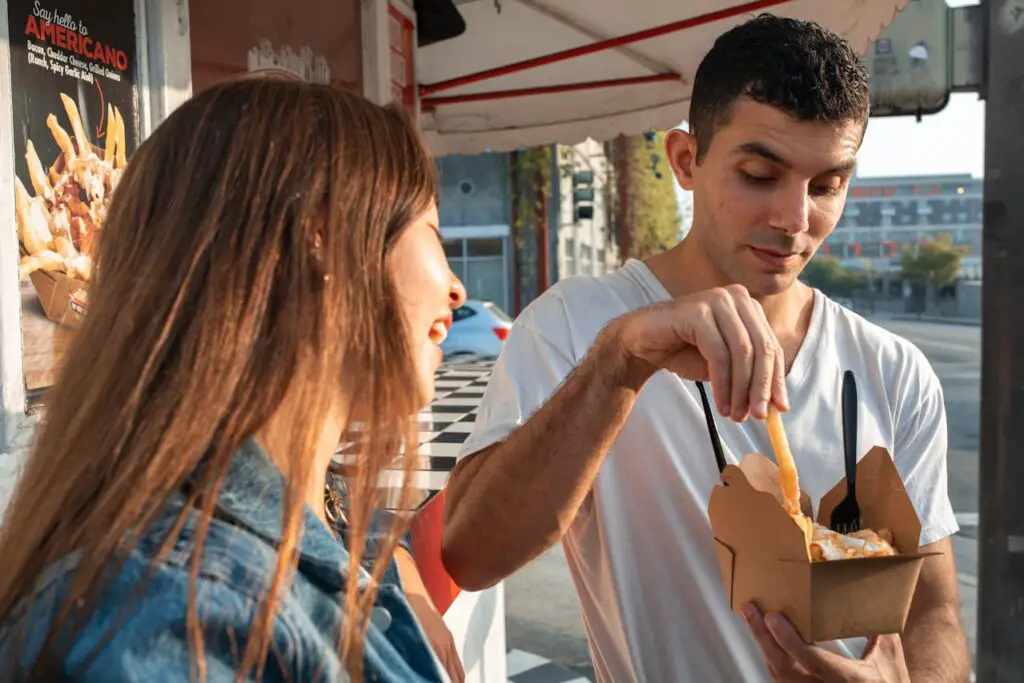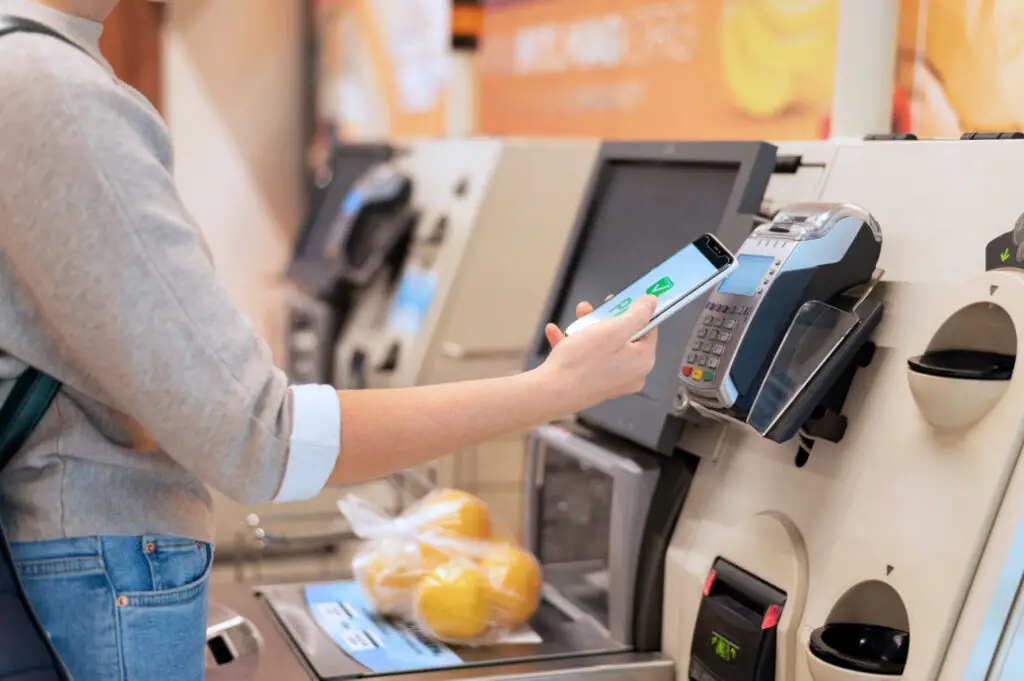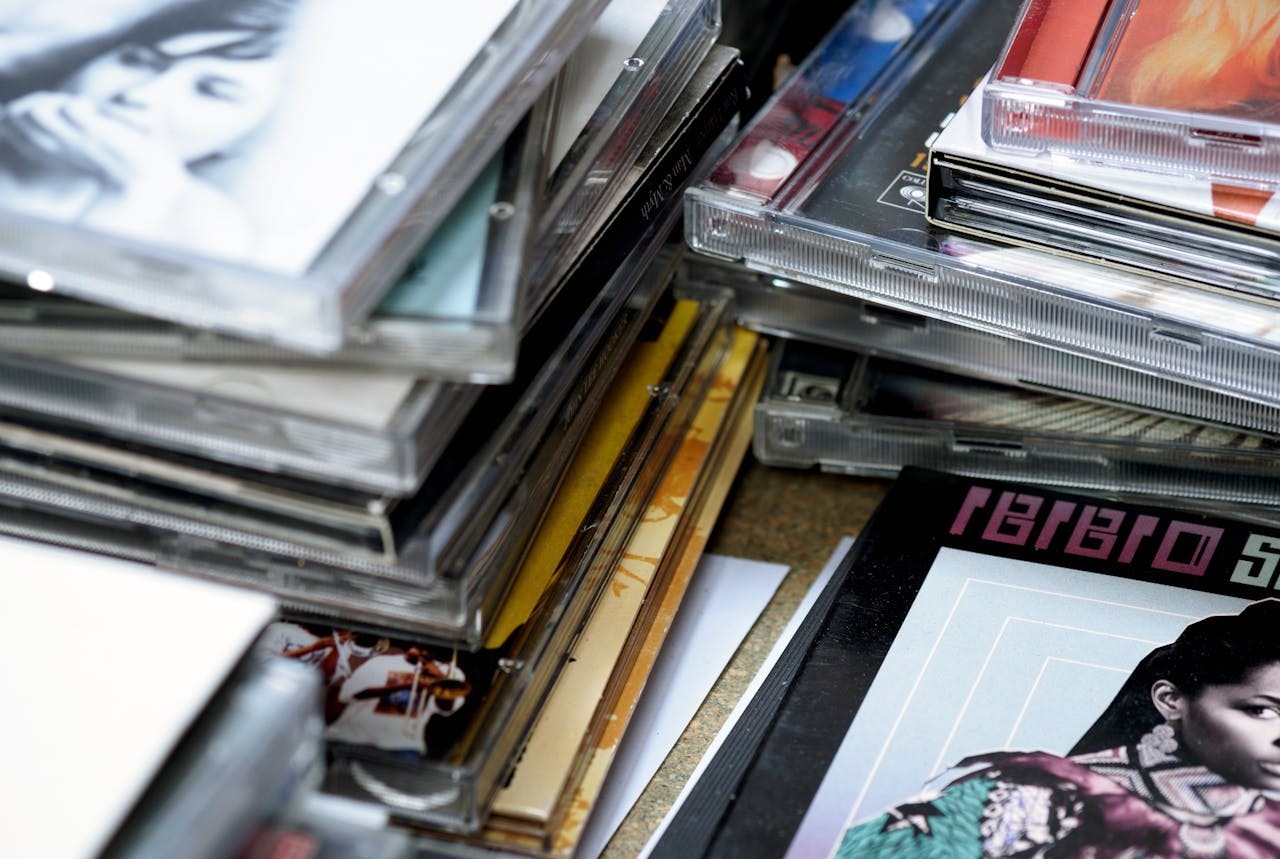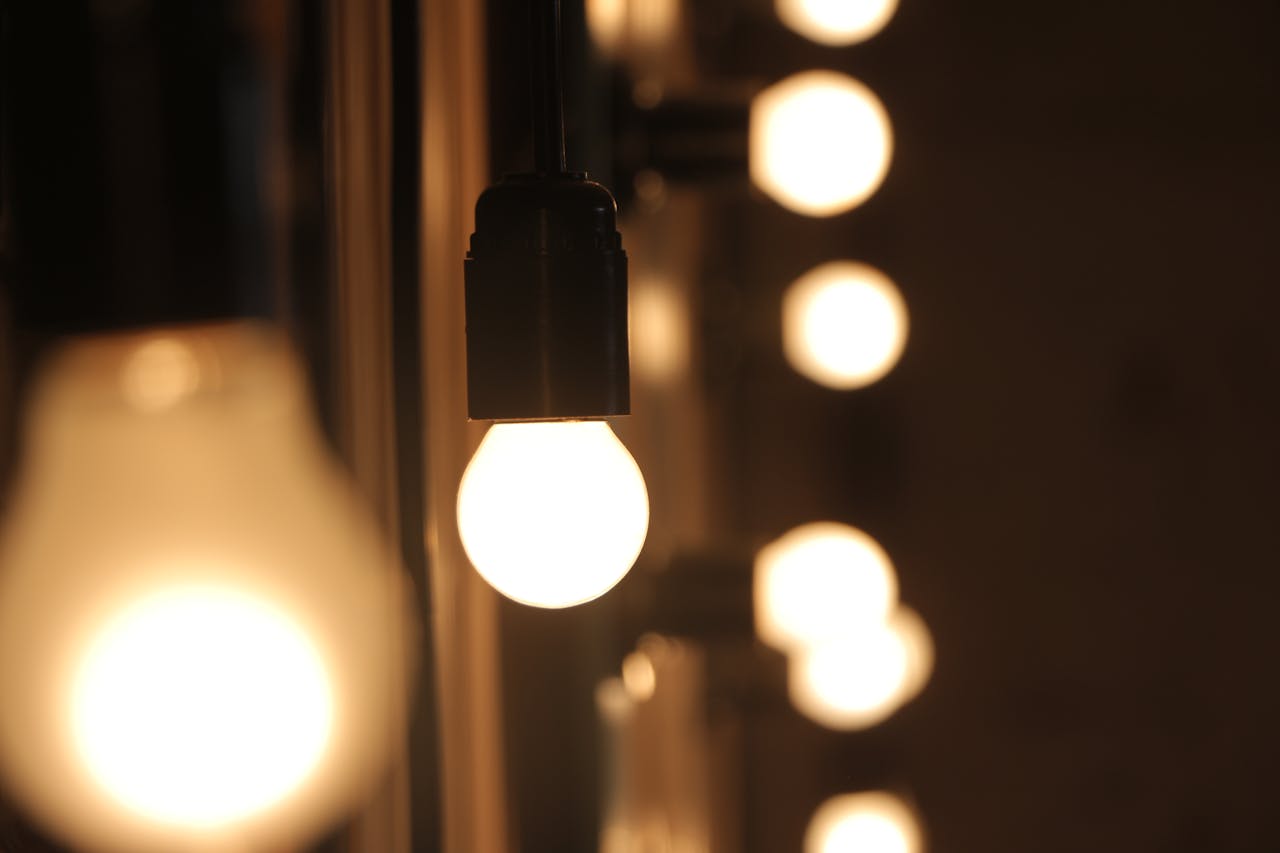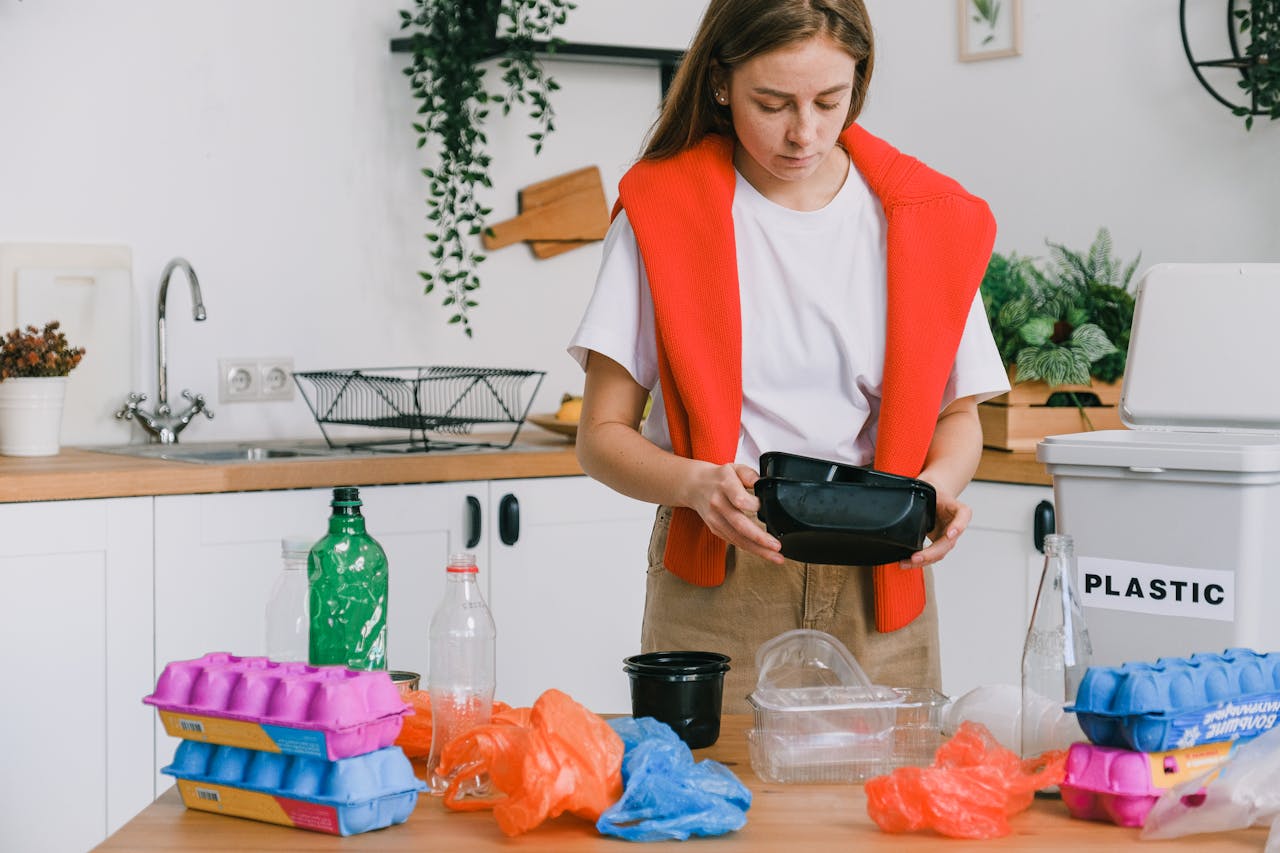9 Intriguing Facts About a Dog’s Interest and Connection to Music

Dogs are known for their unique ability to connect with humans on an emotional level, and it turns out that music can play a key role in this bond. While we often think of music as a human experience, our canine companions may have a deeper connection to sound than we realize. Here are nine fascinating facts about how dogs interact with music.
1. Dogs Have a Preference for Classical Music

Studies have shown that dogs respond positively to classical music. One study by the University of Glasgow (2017) found that dogs in animal shelters were calmer and more relaxed when classical music was played. The soothing, slow tempo and harmonious tones seem to help reduce anxiety, making it ideal for dogs who might be stressed or nervous in certain situations.
2. Different Genres Affect Dogs Differently

Just like people, dogs may have specific tastes when it comes to music. A study conducted by the Scottish SPCA and the University of Glasgow found that dogs exhibited different behaviors when exposed to genres like rock, classical, and pop music. While classical music helped calm them, heavy metal or rock music might make some dogs agitated or restless, while pop music can create an upbeat and playful atmosphere. It’s all about finding what resonates best with your dog.
3. Dogs Can Recognize Familiar Music

Dogs have the ability to recognize familiar songs and sounds. If you consistently play a certain piece of music at specific times—whether it’s a song you use to relax together or a tune played during playtime—your dog may start associating it with certain activities. This connection can help improve your dog’s emotional state or even their behavior over time.
4. Music Can Soothe Separation Anxiety

For dogs with separation anxiety, music can act as a comforting presence in the absence of their owners. A study from the University of Bristol found that soft, calming music can mimic the sound of a human voice or provide a sense of companionship when they are alone. This can reduce stress levels and make it easier for your dog to relax when you’re not home.
5. Dogs Hear Music Differently Than Humans

A dog’s sense of hearing is far more sensitive than ours, and they perceive sounds at higher frequencies. This means that dogs may hear music in a way that’s different from how we experience it. For example, high-pitched sounds may be more pronounced to them, which can impact how they respond to different genres and instruments.
6. Music Can Help Dogs in Training

Incorporating music into dog training can help improve focus and create a calming atmosphere. A study by the University of Canterbury (New Zealand) found that playing certain types of music during training sessions could increase a dog’s concentration, making it easier to reinforce positive behavior. The right music can also create a sense of routine, making training sessions feel more structured for your dog.
7. Music Can Enhance a Dog’s Bond with Their Owner

Playing music together can also enhance the emotional connection between a dog and their owner. The shared experience of listening to music can promote relaxation and help you both unwind. Whether you’re enjoying a quiet evening or playing interactive games with music in the background, the sound of music can bring an extra layer of bonding to your relationship.
8. Dogs Respond to Music-Based Therapy

Music therapy has been used to treat dogs in various settings, particularly in veterinary clinics and shelters. Research from the Journal of Veterinary Behavior (2013) indicates that dogs show reduced signs of stress and anxiety during music therapy sessions. This form of therapy can improve overall well-being and even aid in healing for dogs recovering from surgery or traumatic experiences.
9. Dogs May Respond to Music with Increased Vocalization

Interestingly, certain types of music may cause dogs to vocalize more, especially if the music is high-pitched or fast-paced. According to a study published in Animal Cognition (2015), dogs tend to bark or whine when exposed to fast-tempo or intense music, as it can mimic sounds of excitement or distress that dogs naturally react to. Understanding these responses can help you adjust your dog’s environment to ensure they remain calm and content.
Final Thoughts

While we often see music as a purely human experience, it’s clear that dogs can also form emotional connections to sound. From calming classical compositions to upbeat tunes, music has the potential to positively influence your dog’s mood and behavior. The next time you’re relaxing with your furry friend, consider turning on a playlist and see how your dog responds—your bond may grow stronger through the power of music!



![3. Hotel California – Eagles (1976) <p>Blending rock with a touch of country, Hotel California features masterful storytelling and intricate guitar work. The title track, with its haunting lyrics and iconic guitar solo, sets the tone for an album that explores themes of excess and disillusionment in 1970s America. The title track’s guitar solo is often considered one of the greatest of all time and was ranked number 8 on Guitar World’s list of the 100 Greatest Guitar Solos.var cid = "9048067730"; var pid = "ca-pub-4779785715115193"; var slotId = "div-gpt-ad-ourdebtfreefamily_com-large-mobile-banner-1-0"; var ffid = 1; var alS = 1713 % 1000; if(typeof ez_ad_units == "undefined"){ez_ad_units=[];}ez_ad_units.push([[300,250],"ourdebtfreefamily_com-large-mobile-banner-1","ezslot_8",107,"0","0", "ourdebtfreefamily_com-large-mobile-banner-1-0"]); var container = document.getElementById(slotId); if (container) { var ins = document.createElement("ins"); ins.id = slotId + "-asloaded"; ins.className = "adsbygoogle ezasloaded"; ins.dataset.adClient = pid; ins.dataset.adChannel = cid; ins.style.display = "block"; ins.style.minWidth = container.attributes.ezaw.value + "px"; ins.style.width = "100%"; ins.style.height = container.attributes.ezah.value + "px"; ins.style.margin = "0px auto"; container.style.maxHeight = container.style.minHeight + "px"; container.style.maxWidth = container.style.minWidth + "px"; var script = document.createElement("script"); script.innerText = "(adsbygoogle = window.adsbygoogle || []).push({});"; ins.appendChild(script); container.appendChild(ins); window.ezoSTPixels = window.ezoSTPixels || []; if (typeof ezoSTPixelAdd === "function") { window.ezoSTPixelAdd(slotId, "stat_source_id", 44); window.ezoSTPixelAdd(slotId, "adsensetype", 1); } else { window.ezoSTPixels.push({id: slotId, name: "stat_source_id", value: 44}); window.ezoSTPixels.push({id: slotId, name: "adsensetype", value: 1}); } window.ezaslWatch = window.ezaslWatch || []; window.ezaslWatch.push(slotId); }(adsbygoogle = window.adsbygoogle || []).push({});</p> ::amazon.com](https://www.ourdebtfreefamily.com/wp-content/uploads/2025/02/pLnzL._SL1500_.jpg)
